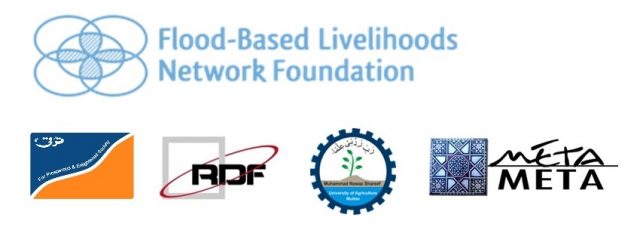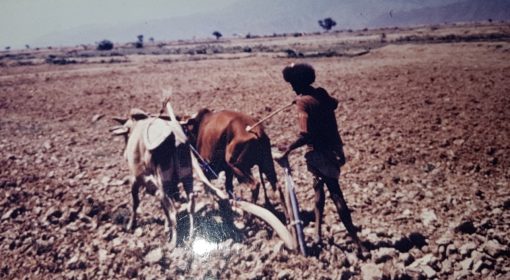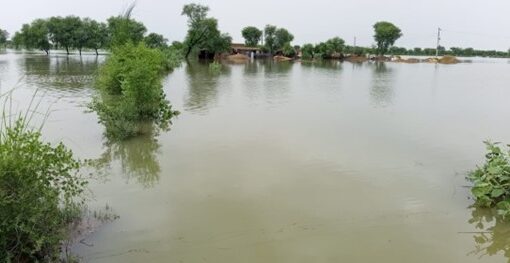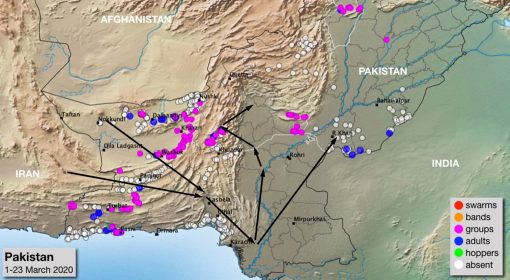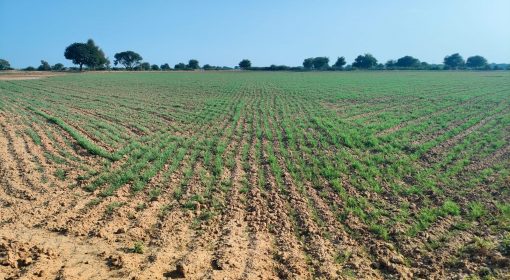By Mohammed Salah, Allah Bakhsh, Amjad Rasheed and Frank van Steenbergen
What used to be a field is gone now.
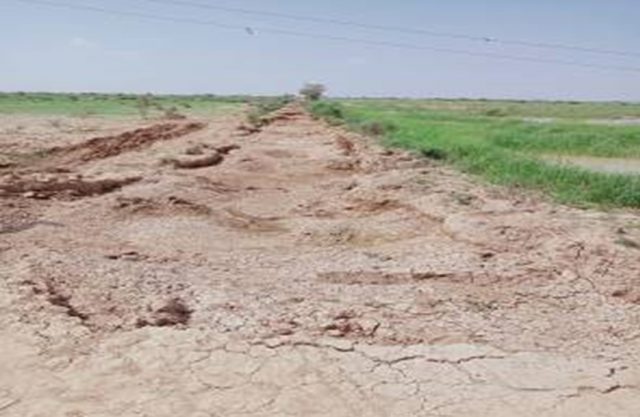
In August heavy rainfall in the normally dry catchments of southern Pakistan generated massive floods. The entire plains were covered with several meters of water. When the water receded much was gone: houses, boundary walls, movable property, but also very importantly the field boundaries – or ‘laths’.
These laths are essential. They are a prerequisite for the special type of farming in the plains downstream of the normally dry catchments, called spate irrigation, rod kohi or hill torrent irrigation. In these systems land is irrigated by mild bursts of flood water, so-called ‘spates’. These spate floods are diverted from the normally dry river beds and guided to massive fields, surrounded by field bunds, i.e. the laths. The fields bunds may be 100-150 centimeter high or even more. They developed over decades, built up from the sediment deposited in the fields after the flood irrigation events moved to the sides. These structures are critical to these farming systems. The high bunds surrounding the fields allow the plot to be filled up with huge quantities of flood water and slowly infiltrate. The maintenance of the bunds is so important in the spate irrigation that in many parts of Pakistan there is a system of co-owning hereditary tenants, called lath bandi (he who makes the bunds) or bazgar marousi. The tenants have a claim to the land over many generations as long as they maintain the bunds, which is not a small job. The share they give as a tenants to the landowners is low. Where the land to be sold they would receive a share of the sales price as well.
In the 2022 floods the field bunds in more than 70 villages in Kacchi have been destroyed. Restoring is not a small job, but necessary lest the summer crop of 2023 would get lost. The prime crop in the spate irrigated areas is sorghum. Sorghum is a prime crop for the spate irrigation farmers, as well as for the thousands and thousand nomads who graze their animals on the stubble and use the stalk and grains as fodder. The sorghum grains from Kacchi are also used throughout Pakistan as poultry feed moreover. If the laths are not in place, it will be impossible to manage the water in the field and grow a crop – and misery will multiply.
There is scope also for building back better. Two innovations in the development of the laths are controlled field intakes and improved overflow structures. The controlled field intakes help to manage the inflow of the huge quantity of water: by closing the intake with stop logs it becomes easy to control the inflow and avoid it flows out. By having reinforced overflow structures (with stones) water can flow to the next field once the first field is filled in a controlled manner, not causing erosion or scouring. Besides the entire arrangement how and in what sequence to water the field can be revisited.
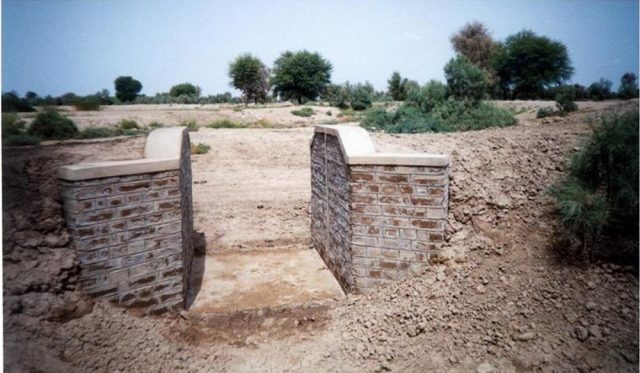
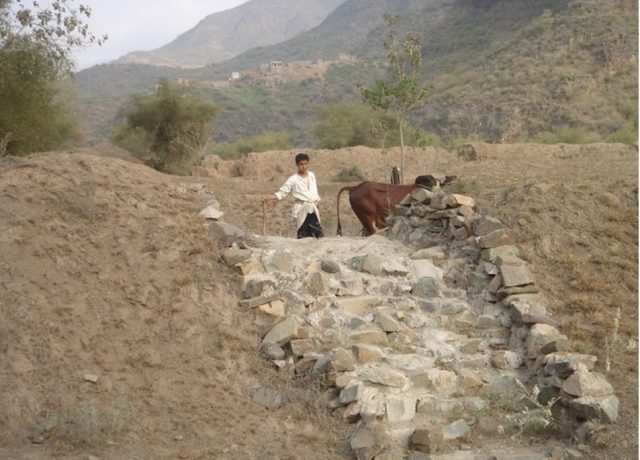
This is an urgent plea to restore and improve the vital field bunds that were heavily damaged during the floods.
